Gonatus fabricii
Michael Vecchione and Richard E. YoungIntroduction
Brief diagnosis:
A Gonatus with ...
- 3 hooks and one sucker proximal to large central hook on club.
- 2 large chromatophores on ventral side of head medial to eyes (see drawing).
Gonatus fabricii. Drawing from Kristensen
Characteristics
- Arms
- Number of suckers in proximal half of each arm IV = 62 at 129 mmGL (neotype), range for all sizes- about 55-69.
- Tentacles
- Clubs 12-20% of GL (15% in neotype).
- Club dactylus with suckers in 7-8 irregular series at base decreasing to 4 sucker series about half way out dactylus; suckers nearly same size in transverse series.
- Club ventral-marginal zone with 4 series of suckers in central region; medial suckers ca. one-half diameter of suckers of other three series. Occasionally 1-2 small suckers present as a partial fourth series.
- Club dorsal-marginal zone with 3-4 irregular series of suckers.
- Club medial zone with large central hook; small distal hook and proximal series with usually 3 small hooks and one sucker, with largest hook never closest to large central hook (i. e., hooks initially increase in size proximally). About a quarter of squid lack sucker, about 10% have 4 hooks and one sucker and about 3% have 2 hooks only.
 Click on an image to view larger version & data in a new window
Click on an image to view larger version & data in a new window
Figure. Oral view of the proximal hooks of the medial zone and suckers of the ventral-marginal zone of the club of G. fabricii, fresh. Photograph by M. Vecchione with transmitted light taken aboard the R/V G. O. SARS during the MARECO cruise to the central North Atlantic
- Total number of suckers (excluding terminal pad, medial zone) on tentacular club: 155-229.
- Median region of tentacular stalk between marginal series with usually 40-80 suckers (range 38-109).
- Head
- Radula
- All lateral teeth of radula smooth, without ridges.
- Funnel
- Ventral pads of funnel organ about half as long as each rami of dorsal pad.
- Ventral pads of funnel organ about half as long as each rami of dorsal pad.
- Pigmentation
- Two unusually large chromatophores lie deep on the ventral surface of the head.
Comments
The above description, except for photographs, is from Kristensen (1981). More details of the description can be found here.
Life History
The mature egg, found in the vicinity of the ovary of a mature female, is nearly spherical and almost 5 mm in the longest axis (Kristensen, 1981). Egg masses have never been observed in nature.
Paralarvae of G. fabricii are most easily separated from the partially sympatric species, G. steenstrupi, by the presence two large chromatophores on the ventral surface of the head in G. fabricii vs none in G. steenstrupi. This difference distinguishes the adults as well. The full chromatophore pattern of the paralarva is not known. The number of suckers on arms I-IV is useful at sizes greater than 13 mm ML as is the form of the funnel organ in all but smallest paralarvae. The paralarval stage appears to end at about 20 mm ML which corresponds with hook development and movement into deeper water (Falcon, et al., 2000).
Distribution
Type locality: The neotype was taken at the entrance of Amerdloq Fjord at Holsteinsborg (approximately 67°N, 54°W), West Greeland, 250-285 fms.

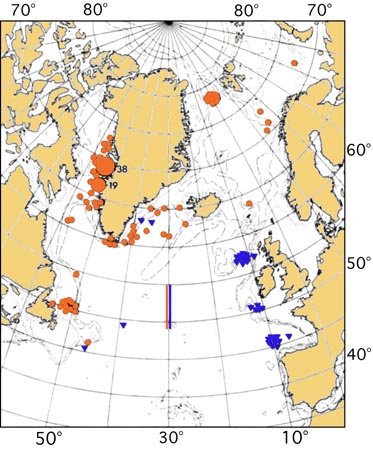
Figure. Distribution of Gonatus spp. in the North Atlantic. Blue - G. steenstrupi. Red - G. fabricii. General map with dots and triangles from Kristensen (1981). Red and blue lines based mostly on paralarvae, from Falcon, et al. (2000).
References
Falcon, L. I., M. Vecchione and C. F. E. Roper. 2000. Paralarval gonatid squids (Cephalopoda: Oegopsida) from the mid-north Atlantic Ocean. Proc. Biol. Soc. Wash., 113: 532-541.
Kristensen, T.K. 1981. The Genus Gonatus Gray, 1849 (Mollusca: Cephalopoda) in the North Atlantic. A Revision of the North Atlantic Species and Description of Gonatus steenstrupi. Steenstrupia, 7(4):61-99.
Title Illustrations

| Scientific Name | Gonatus fabricii |
|---|---|
| Location | Dalsnuten exploration well in the Norwegian Sea (1450 m, Temp ca. -1° C, 66° 33’2 N and 03° 32’46.1 E) |
| Acknowledgements | Photograph available through the SERPENT Project (Scientific and environmental ROV partnership using existing industrial technology), and provided by Dr. Kerstin Kröger, National Oceanography Centre, UK |
| Specimen Condition | Live Specimen |
| Copyright | © SERPENT Project |
| Scientific Name | Gonatus fabricii |
|---|---|
| Reference | Kristensen, T.K. 1981. The Genus Gonatus Gray, 1849 (Mollusca: Cephalopoda) in the North Atlantic. A Revision of the North Atlantic Species and Description of Gonatus steenstrupi. Steenstrupia, 7(4):61-99. |
| Creator | R. Nielsen |
| View | Ventral |
| Size | 129 mm GL |
| Type | Neotype |
| Copyright | © Thomas K. Kristensen |
About This Page

National Museum of Natural History, Washington, D. C. , USA

University of Hawaii, Honolulu, HI, USA
Page copyright © 2016 and
 Page: Tree of Life
Gonatus fabricii .
Authored by
Michael Vecchione and Richard E. Young.
The TEXT of this page is licensed under the
Creative Commons Attribution-NonCommercial License - Version 3.0. Note that images and other media
featured on this page are each governed by their own license, and they may or may not be available
for reuse. Click on an image or a media link to access the media data window, which provides the
relevant licensing information. For the general terms and conditions of ToL material reuse and
redistribution, please see the Tree of Life Copyright
Policies.
Page: Tree of Life
Gonatus fabricii .
Authored by
Michael Vecchione and Richard E. Young.
The TEXT of this page is licensed under the
Creative Commons Attribution-NonCommercial License - Version 3.0. Note that images and other media
featured on this page are each governed by their own license, and they may or may not be available
for reuse. Click on an image or a media link to access the media data window, which provides the
relevant licensing information. For the general terms and conditions of ToL material reuse and
redistribution, please see the Tree of Life Copyright
Policies.
- First online 31 May 2006
- Content changed 16 November 2016
Citing this page:
Vecchione, Michael and Richard E. Young. 2016. Gonatus fabricii . Version 16 November 2016. http://tolweb.org/Gonatus_fabricii/19777/2016.11.16 in The Tree of Life Web Project, http://tolweb.org/





.300a.jpg)
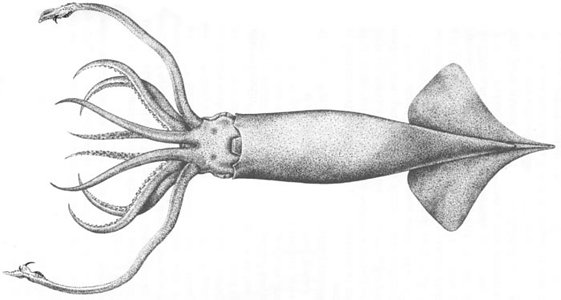

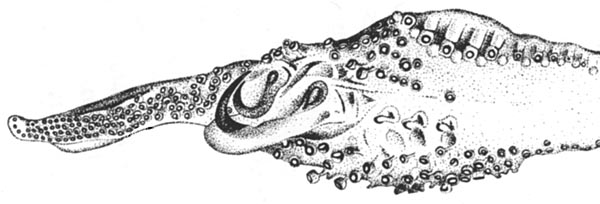


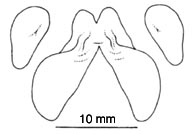
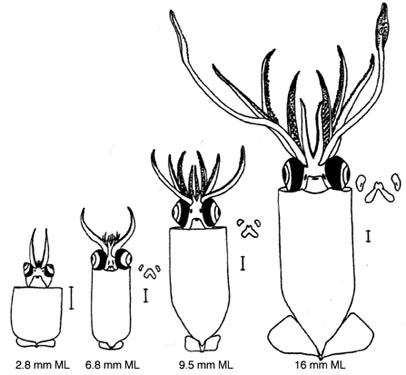
.100a.jpg)
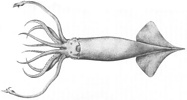


 Go to quick links
Go to quick search
Go to navigation for this section of the ToL site
Go to detailed links for the ToL site
Go to quick links
Go to quick search
Go to navigation for this section of the ToL site
Go to detailed links for the ToL site